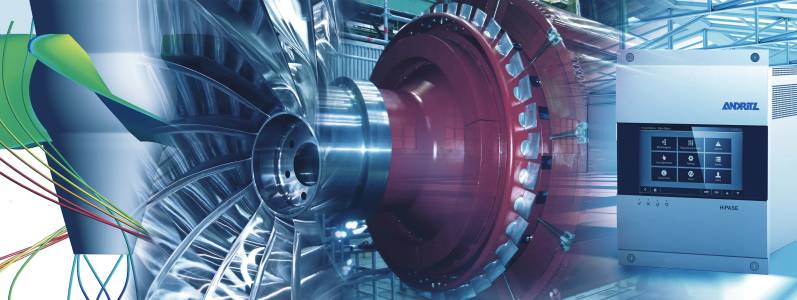Description
Hydropower: Harnessing Nature's Power for Sustainable Energy
Hydropower, also known as hydroelectric power, is a renewable energy source that harnesses the energy of flowing water to generate electricity. For centuries, humans have utilized water's power for various tasks, but modern hydropower utilizes sophisticated technology to transform this natural force into a clean and reliable energy source for homes, businesses, and industries worldwide.
How it Works:
Hydropower plants typically consist of a dam or barrage across a river, creating a reservoir. Water is then channeled through a penstock (a large pipe) to a powerhouse containing turbines. The force of the falling water spins the turbines, which are connected to generators that produce electricity. This electricity is then transmitted via power lines to the electrical grid, powering homes, businesses, and industries.
Types of Hydropower Plants:
Several types of hydropower plants exist, each suited to different geographical locations and water flow characteristics:
- Impoundment Hydropower: This is the most common type, utilizing a dam to create a large reservoir. This provides consistent power generation, even during periods of low water flow.
- Run-of-River Hydropower: These plants don't require a large reservoir, instead utilizing the natural flow of the river. They are environmentally less impactful than impoundment plants but have lower power generation capacity.
- Pumped Storage Hydropower: This type utilizes two reservoirs at different elevations. During periods of low electricity demand, excess energy pumps water to the upper reservoir. When demand is high, the water is released, generating electricity. This acts as a crucial energy storage solution.
- Tidal Hydropower: This emerging technology harnesses the energy of ocean tides using similar principles to river hydropower. It's a highly sustainable source but geographically limited.
Benefits of Hydropower:
- Renewable and Sustainable: Hydropower utilizes a naturally replenishing resource, making it a sustainable energy source with minimal greenhouse gas emissions during operation.
- Reliable and Consistent: Depending on the type of plant, hydropower can provide a consistent and reliable source of electricity, even during peak demand periods.
- Long Lifespan: Hydropower plants have a long operational lifespan, often exceeding 50 years.
- Energy Independence: Hydropower can contribute significantly to a nation's energy independence, reducing reliance on fossil fuels.
- Multi-purpose Use: Many hydropower projects also provide additional benefits, such as flood control, irrigation, and water supply for communities.
Environmental Considerations:
While hydropower is a clean energy source, it's crucial to consider its potential environmental impacts:
- Habitat Disruption: Dam construction can significantly alter river ecosystems, affecting fish migration and aquatic life. Mitigation measures such as fish ladders and environmental flow releases are crucial.
- Greenhouse Gas Emissions: Although minimal during operation, greenhouse gas emissions can occur during dam construction and reservoir flooding.
- Sedimentation: Dams can trap sediment, impacting downstream ecosystems.
- Displacement of Communities: Large-scale projects can sometimes lead to displacement of local communities.
Conclusion:
Hydropower plays a vital role in the global energy transition, offering a clean, reliable, and sustainable energy solution. While careful consideration of its environmental impacts is crucial, technological advancements and sustainable development practices are continuously improving the environmental performance of hydropower projects, ensuring its continued contribution to a cleaner energy future.
